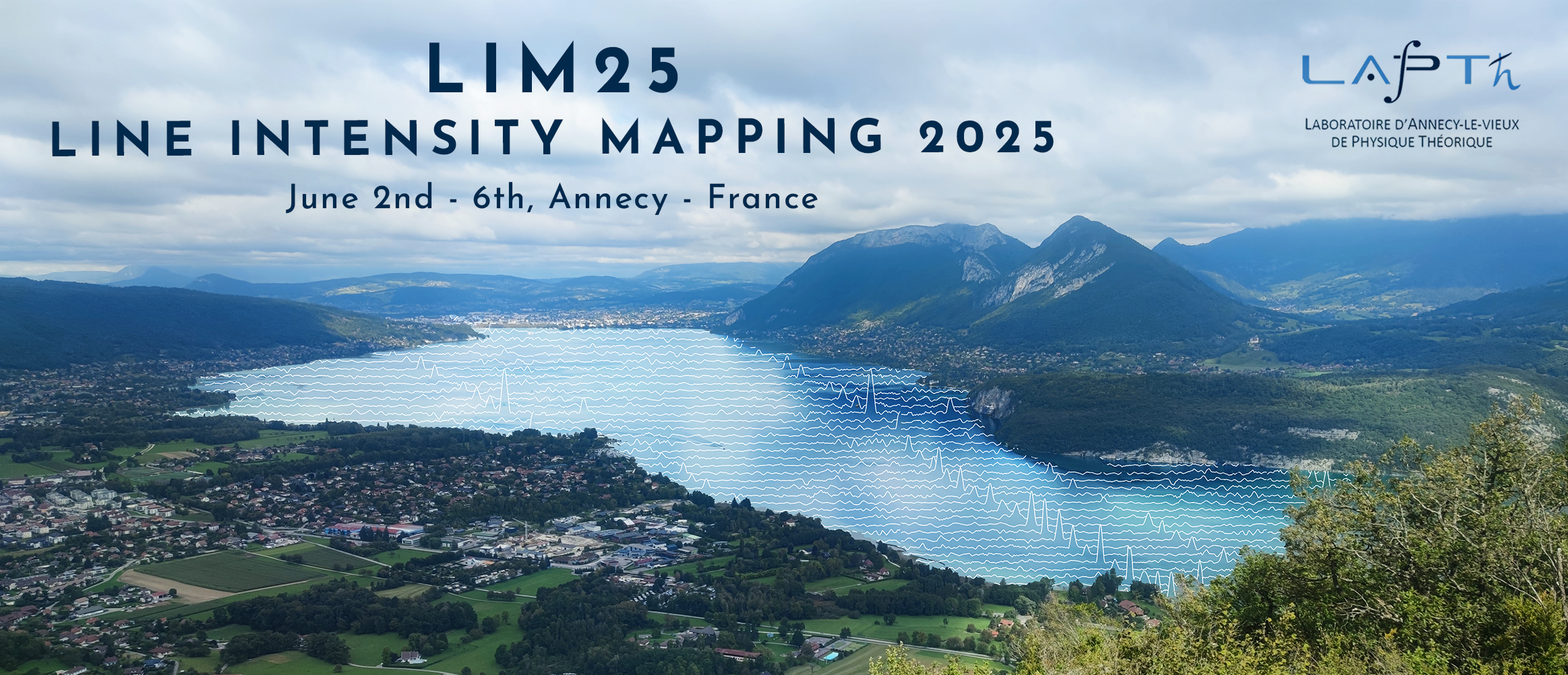Orateur
Description
Line intensity mapping (LIM) is an emerging observational technique for mapping the large-scale structure of the Universe across a broad redshift range. Multiple surveys targeting various spectral lines are now underway or soon to come online, aiming to make some of the first early statistical measurements. Despite this progress, foreground contamination remains a significant challenge for LIM across virtually all wavelengths, and many existing mitigation techniques have struggled to yield successful detections. In particular, astrophysical foregrounds with broad frequency structure pose a major obstacle. In this talk, we present a novel foreground mitigation scheme designed to remove broadband contaminants in LIM observations while accounting for instrumental response and systematic effects. Using a fully data-driven approach, we demonstrate that a trio of intra-dataset frequency-frequency cross-correlations enables an empirical estimate of the foreground power spectrum, which can then be subtracted from the data. As a case study, we simulate 21cm observations under various experimental configurations, such as single-dish instruments and radio interferometers, while incorporating systematic contaminants. We will showcase how one can achieve, under idealized conditions, percent-level signal residuals, demonstrating that nearly 4–5 orders of magnitude of foreground contamination can be removed in a single analysis step. We will also briefly comment on the limitations of this method and identify scenarios where the estimator is expected to break down.

